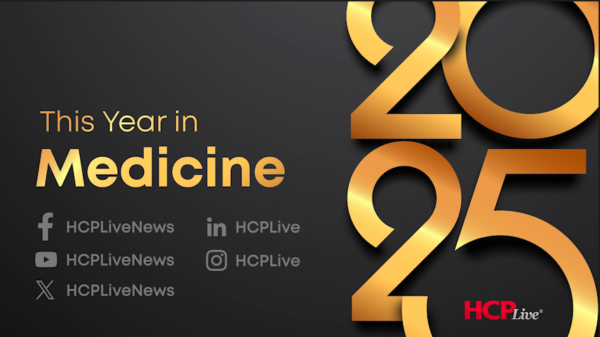Recent advancements in diabetes care were discussed in the latest episode of “Diabetes Dialogue,” hosted by Diana Isaacs, PharmD, and Natalie Bellini, DNP. The episode highlighted three pivotal developments: the introduction of the Biolinq Shine glucose monitoring system, the resubmission of insulin icodec to the U.S. Food and Drug Administration (FDA), and updates on Eli Lilly’s metabolic research pipeline, including the discontinuation of a key trial.
Revolutionary Glucose Monitoring with Biolinq Shine
The episode opened with a discussion on the Biolinq Shine, a novel glucose monitoring system that recently received FDA de novo classification. Unlike traditional continuous glucose monitors that utilize interstitial fluid, Biolinq Shine is designed to be intradermal. This system incorporates a micro-sensor array that resides within the skin without the need for an introducer needle, potentially reducing barriers for individuals with type 2 diabetes or prediabetes who may find traditional sensors invasive.
Bellini emphasized that the Biolinq Shine’s intuitive color-coded LED display provides users with clear indications of their glucose ranges instead of numerical values. This redesign aims to alleviate data overload, fostering greater awareness of time-in-range for users. Isaacs noted that the device has undergone extensive clinical trials, which included a racially and ethnically diverse cohort, a significant advancement for diabetes research.
Future iterations of Biolinq Shine may expand its functionality to measure other analytes such as ketones or electrolytes, while also integrating lifestyle data like sleep patterns and physical activity. This holistic approach could enhance user experience and diabetes management.
Resubmission of Insulin Icodec Highlights Changing Landscape
Attention then shifted to the resubmission of once-weekly insulin icodec by Novo Nordisk, now focusing solely on type 2 diabetes after an initial application was declined. The hosts described this renewed approach as pragmatic, highlighting the potential for a once-weekly basal insulin to significantly decrease treatment burdens and improve adherence, especially among older adults or individuals requiring caregiver support.
Isaacs and Bellini referenced the drug’s approval in various international markets and discussed its potential to be used in combination with once-weekly GLP-1 receptor agonists. They also raised practical considerations, such as how healthcare providers might adapt dosing during hospitalizations. Nonetheless, there is optimism that U.S. approval would enhance therapeutic options and simplify diabetes management for patients.
The episode concluded with a discussion on Eli Lilly’s decision to terminate its trial combining bimagrumab—a myostatin inhibitor—with tirzepatide. Despite initial promising evidence that the dual therapy could help preserve muscle mass during weight loss, the company cited “strategic business reasons” for halting the diabetes study. However, Lilly continues to explore the compound’s efficacy in obesity.
Isaacs and Bellini examined potential factors influencing this decision, including cost considerations, market focus, and differences in efficacy between type 2 diabetes and obesity. They emphasized the broader implications for precision medicine in metabolic care, noting the ongoing innovations in intradermal sensors, once-weekly insulins, and novel combination therapies.
The discussion underscored the rapid evolution within the field of diabetes technology and therapeutics, revealing a landscape marked by significant advancements and an ongoing commitment to improving care for those affected by diabetes.





































































